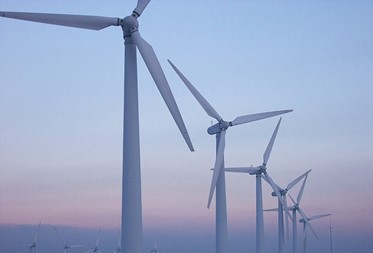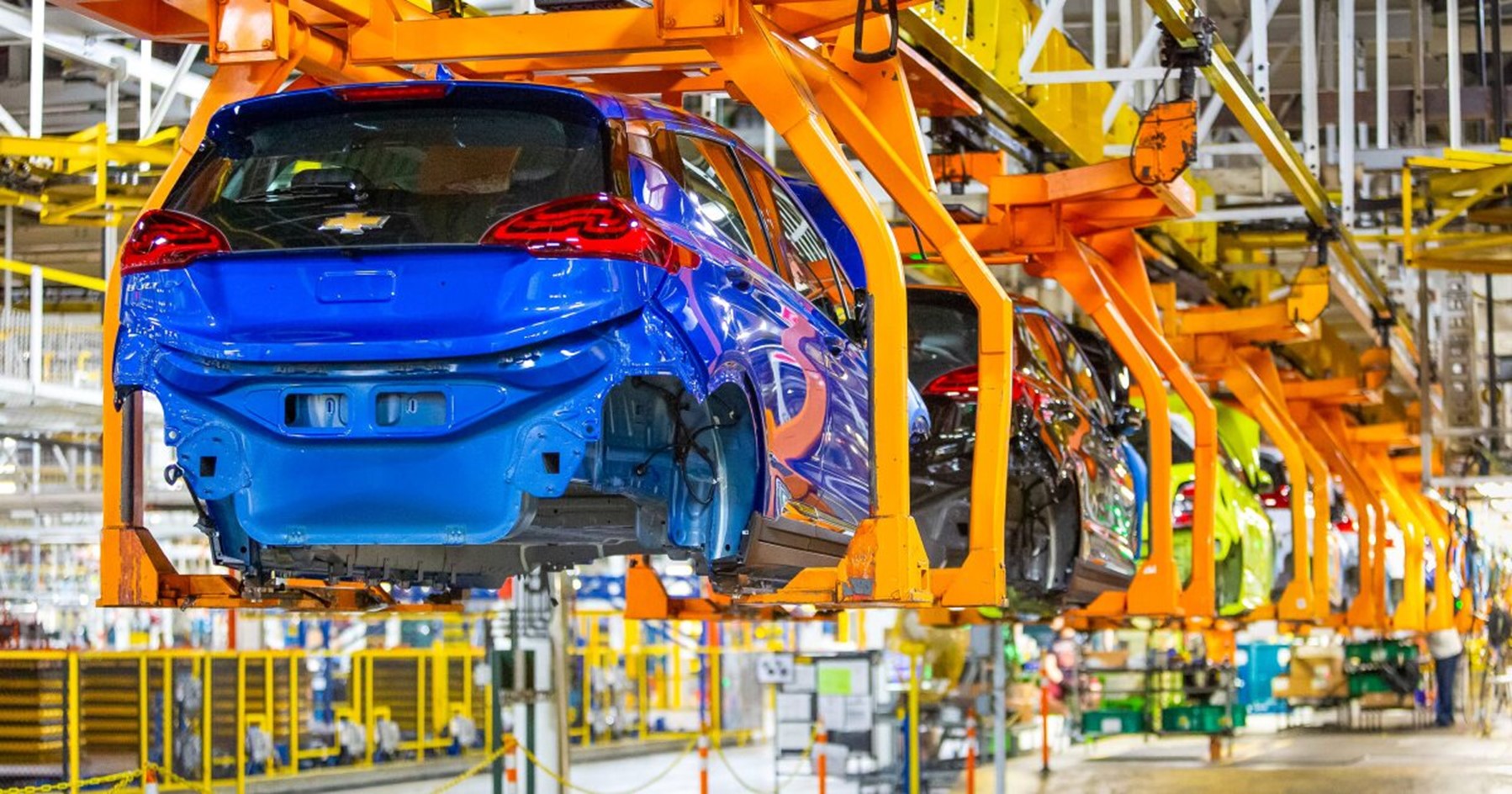Rare Earths in Green Technologies
What are the U.S.’s Green Goals?
On December 8, 2021, President Biden signed an executive order that stated his carbon reduction goals included “Achieving a 65% emissions reduction from Federal Operations by 2030” and reaching “Net-zero emissions by 2050.”1 He wants to demonstrate how the “United States can leverage its scale and procurement power to lead by example in tackling the climate crisis.”1 The executive order was aimed at reducing emissions across federal operations, investing in American clean energy industries and manufacturing, and creating clean, healthy, and resilient communities.
What Green Technologies use REE?
Neodymium/Iron/Boron (NdFeB) magnets are used in electric synchronous traction motors, which are found in both electric vehicles (EVs) and direct-drive wind turbines. These magnets are preferred because they have the best power to weight ratio of all magnets, allowing the motors to be lighter and more compact. They are also corrosion resistant, can operate at high temperatures and resist demagnetization. They are the strongest type of permanent magnet available commercially. The magnetic energy value is about 12 times greater than "ordinary" ferrite magnets by mass.2 Dysprosium (Dy), praseodymium (Pr) and terbium (Tb) can also be added to NdFeB to change the performance properties of the magnets.
Direct-drive wind turbines currently make up a small percentage of the total wind energy capacity in the U.S. Their high efficiency and lower maintenance requirements have made them the leading choice for offshore wind installments. Global capacity of large-scale wind farms is expected to increase 10-fold, from 34 GW in 2020 to 330 GW in 2030 and spread throughout 24 countries (up from nine today), according to a report by Wood Mackenzie, a global energy and natural resources research firm.3
Direct Drive Wind Turbines

The two major uses of REEs in EVs are in the motor and sensors throughout the vehicle, but they are also used in the HVAC system, steering, transmission, brakes, entertainment system, batteries and fuel and exhaust system. In simple terms, electric motors work when a coil of wire, encircled by strong magnets (NdFeB), spins. The electric current induced in the coil emits a magnetic field, which opposes the magnetic field emitted by the strong magnets. This creates a repulsive effect causing the coil to rotate at a high speed. The coil is attached to an axle which drives the wheels.
Over the last couple years, several major car companies have made public commitments to spend large amounts of money to advance their EV efforts – Volkswagen $200B, Toyota $35B, Ford $50B and GM $35B between 2020 and 2025. In 2022, BMW reported spending over $8.3B on its EV platform. These same car companies have made commitments to increase EV production dramatically. For example, Volkswagen’s goal is 50% electric in U.S. and 100% electric in Europe by end of 20334
These commitments are based on the expectation that EVs will be the choice of the future and that people will replace their gas cars with EVs. While an EV does not require a large amount of REEs, somewhere between 2 and 5 pounds per unit, the quantity of EVs expected to be manufactured over the next 20 years is expected to drive REE demand significantly.
General Motors to Invest $300M and add 400 Jobs at Michigan Plant for Electric Cars (March 2019)

What are the Biggest Risks to Accomplishing our Green Goals?
Over the last several decades, the U.S. has moved away from natural resource development making it dependent on others for critical minerals. While not limited to REEs, it is a significant issue where the source country has unstable governments or political issues with the U.S. and lack both environmental and labor standards. Because REEs are essential for so many high-tech applications in both the military and private sectors, China being the single largest supplier of separated REEs and manufactured products represents inherent risk to the U.S. – economically, security wise and with its goals for carbon reduction.
Both the Trump and Biden administrations have called this dependence a matter of national security and have committed resources to developing a secure, domestic supply – not just mining but downstream processing and manufacturing. Unfortunately, developing this pipeline requires some level of participation from the government in the form of financial incentives or market support without a free market. This is consistent with the partnership that exists today between the U.S. Department of Energy, Rare Element Resources and General Atomics for the planned demonstration plant in Upton, Wyoming.
1ICYMI: President Biden Signs Executive Order Catalyzing America’s Clean Energy Economy Through Federal Sustainability, Dec 2022
2How Strong are Rare Earth Magnets, Technology Metals, July 2022
3Outlook for Essential Minerals in the Transition to a Green Economy, Wayne Palmer, April 2023